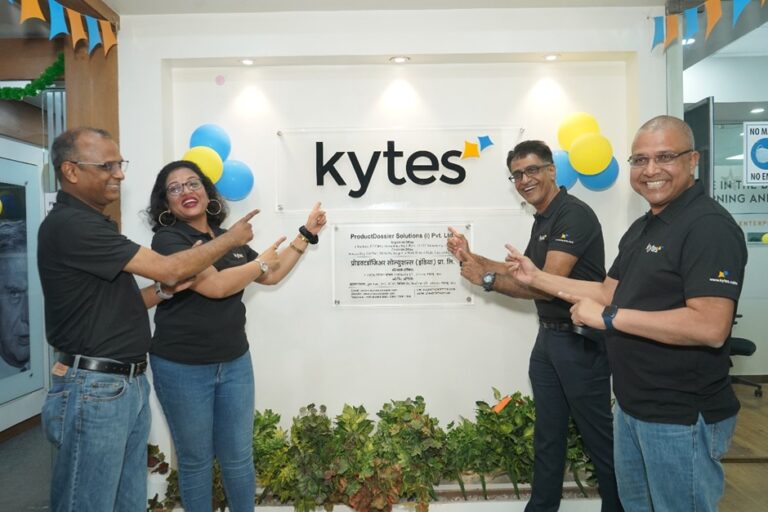The Science and Innovations of Commercial and Industrial Roofing 2024
Commercial and industrial roofing is a specialized field requiring a deep expertise in materials, engineering, and installation techniques. Effective roofing solutions significantly extend the lifespan of a building and enhance energy efficiency, which translates to substantial cost savings in the long term. These roofs must withstand harsh weather conditions and heavy usage, necessitating robust designs and high-quality materials.
Professionals in this field prioritize factors such as durability, insulation, and ease of maintenance. Various materials are employed, including built-up roofing (BUR), modified bitumen, and thermoplastic roofing. Each material offers distinct benefits depending on the building’s specific needs and environmental conditions.
The choice of roofing technology directly impacts a building’s safety, performance, and operational costs. Technological advancements, such as cool roofing and green roofing systems, offer innovative solutions that not only enhance durability but also support environmental sustainability. Through strategic planning and execution, a well-designed roof ensures long-term protection and efficiency for commercial and industrial facilities.
Basics of Roofing Science
The science of roofing involves understanding how materials interact with environmental conditions to provide protection and energy efficiency. Key aspects include thermal performance, material selection, and weatherproofing techniques.
Thermal Performance
- Thermal performance is crucial for regulating building temperatures and energy consumption. Roofs can either absorb or reflect heat, affecting the interior climate.
- Insulation materials like fiberglass, polystyrene, and polyurethane are often used to enhance thermal performance. These materials reduce heat transfer, keeping buildings cooler in summer and warmer in winter.
- Reflective coatings can be applied to roofs to reflect solar radiation. This reduces heat absorption and lowers cooling costs. Cool roofs are specifically designed with reflective materials to maximize energy efficiency.
- Ventilation systems also play a vital role. Proper ventilation prevents heat buildup and reduces strain on HVAC systems, contributing to overall thermal efficiency.
Roofing Materials
Selecting the right roofing materials is critical for both durability and function. Common materials include asphalt shingles, metal, tile, and single-ply membranes.
- Asphalt shingles are popular in residential settings due to their cost-effectiveness and ease of installation. They provide adequate protection and come in various colors and styles.
- Metal roofing is highly durable and resistant to extreme weather conditions. Metals like steel, aluminum, and copper are often used. They can last up to 50 years with proper maintenance.
- Tile roofing offers excellent durability and aesthetic appeal. Clay and concrete tiles are common choices. They are fire-resistant and perform well in a variety of climates.
- Single-ply membranes like TPO, PVC, and EPDM are prevalent in commercial roofing. They offer flexibility, UV resistance, and are relatively easy to install, making them a go-to for flat or low-slope roofs.
Weatherproofing Techniques
Effective weatherproofing techniques ensure the roof can withstand various environmental conditions. Waterproof membranes are often installed to prevent water infiltration, critical for both flat and pitched roofs.
- Flashing is used around roof intersections, vents, and chimneys to direct water away from potential entry points. Proper installation of flashing is vital to prevent leaks.
- Sealants and coatings add extra layers of protection. These products fill gaps, cracks, and seams, preventing water and air leakage. They are important for prolonging the roof’s lifespan.
- Underlayment materials, such as felt or synthetic layers, serve as an additional barrier against water infiltration. They are installed beneath the roofing material and add a critical layer of protection.
Commercial Roofing Systems
Commercial roofing systems from Apply Rite Commercial Roofing offer a variety of options suited to different needs and budgets. These systems are engineered to provide durability, protection, and energy efficiency for large structures.
Single-Ply Roofing
Single-ply roofing involves the application of flexible sheets of synthetic polymer onto the roof. Popular materials include TPO (Thermoplastic Olefin) and EPDM (Ethylene Propylene Diene Terpolymer).
TPO is appreciated for its reflective properties, reducing cooling costs by reflecting UV rays. It also offers good resistance to punctures and tears.
EPDM is known for its longevity and ability to withstand extreme weather conditions. It provides excellent flexibility, making it a preferred choice in varying temperatures. Installation methods like ballasted, fully-adhered, and mechanically fastened are common, each providing distinct benefits.
Built-Up Roofing
Built-up roofing (BUR) consists of multiple layers of bitumen and reinforcing fabrics. Usually, the layers alternate between asphalt or coal tar, paired with ply sheets. This creates a robust, multi-layered barrier.
One critical advantage of BUR is its proven durability against heavy foot traffic and mechanical damage. Additionally, the reflective coatings often applied to BUR systems contribute to improved energy efficiency.
BUR is typically applied using hot-mopping, a process demanding skilled labor. While the initial setup might be intricate, the result offers excellent waterproofing and longevity, supporting structures against various environmental stresses.
Metal Roofing
Metal roofing is often the choice for those seeking longevity and durability. Common metals include steel, aluminum, copper, and zinc. They can last 40-70 years, significantly reducing long-term maintenance costs.
One notable feature is their fire resistance, earning metal roofs high ratings in safety. Moreover, metal roofing is appreciated for its energy efficiency due to reflective surfaces that minimize heat absorption.
Despite potential noise concerns during heavy rain, modern installations often incorporate noise-reducing insulation. Installation tends to be straightforward, but choosing an experienced installer ensures the benefits of durability and performance are maximized.
Industrial Roofing
Industrial roofing requires careful assessment of various factors to ensure safety, durability, and performance. Load-bearing capacity, chemical resistance, and insulation and ventilation are crucial considerations.
Load Bearing Capacity
Industrial roofs must support heavy loads like HVAC units, solar panels, and potential snow accumulation. Material selection and structural integrity are essential. Steel, concrete, and engineered wood are common choices due to their strength.
Load distribution is managed using trusses, beams, and joists designed to handle specific weights. Safety margins are built into codes to prevent structural failure. Regular inspections and maintenance help identify potential issues before they escalate.
Chemical Resistance
Industrial environments often involve exposure to harsh chemicals, which can deteriorate roofing materials. Chemical resistance is vital to prevent damage. EPDM, PVC, and TPO roofing membranes are known for their chemical resilience.
Choosing the right material depends on the specific chemicals present. Consult chemical compatibility charts to ensure the selected roof can withstand the substances it may encounter. Protective coatings can offer additional protection, extending the roof’s lifespan.
Insulation and Ventilation
Proper insulation and ventilation are crucial for energy efficiency and preventing condensation. Insulation materials like polyisocyanurate (PIR), extruded polystyrene (XPS), and mineral wool provide thermal resistance. The R-value of the material indicates its effectiveness.
Ventilation systems, including ridge vents, soffit vents, and mechanical ventilation, ensure air circulation, reducing moisture buildup and regulating temperature. Effective insulation and ventilation contribute to lower energy costs and improved indoor air quality.
Roofing Installation Procedures
In roofing projects, adherence to safety protocols, thorough surface preparation, and stringent quality control checks are essential to ensure durability and effectiveness.
Safety Protocols
Safety on the job site is paramount. All personnel must wear appropriate personal protective equipment (PPE) such as helmets, gloves, and non-slip footwear. Clearly marked safety zones and barriers help prevent unauthorized access to potentially hazardous areas.
Lifting techniques must follow ergonomic guidelines to prevent injury. Continuous training on emergency protocols, such as fall protection and first aid, ensures readiness for any situation. Compliance with OSHA regulations governs all activities, from scaffolding setup to chemical handling.
Surface Preparation
Proper surface preparation lays the foundation for a successful roofing project. Removal of old roofing material is critical to provide a clean slate. Cleaning involves pressure washing to eliminate dirt, debris, and loose particles that could hinder adhesion.
Surface inspections identify and repair structural issues, such as cracks or rot, which could compromise the roof’s integrity. Primers and sealants are applied to enhance bond strength between the roof and new materials. Ensuring the surface is dry is essential to prevent moisture-related issues.
Maintenance and Repairs
Proper maintenance and timely repairs are crucial in extending the lifespan of commercial and industrial roofs. Regular inspections can identify potential issues early, while effective repair techniques ensure structural integrity.
Routine Inspection
Routine inspections are essential for identifying problems before they become severe. They should be conducted at least twice a year, ideally in spring and fall.
Check for signs of wear and tear, such as cracks, blisters, and water pooling. Inspect the roof edges, flashings, and penetrations like vents and skylights. Regular cleaning to remove debris like leaves and branches is beneficial. Keeping maintenance records can help track the roof’s condition over time.
Damage Assessment
When damage is detected, a thorough assessment is crucial to determine the extent and required repairs. Common types of damage include punctures, leaks, and membrane degradation.
Use tools like moisture meters and infrared scanners to locate hidden water damage. Documenting damage with photos and descriptions assists in planning repairs and communicating with stakeholders. It’s essential to assess not only the visible damage but also underlying factors causing it, such as poor drainage or structural issues.



